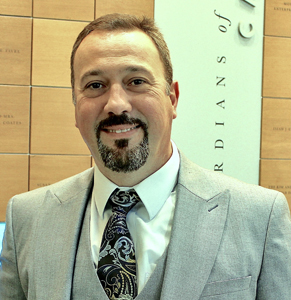Program Information
Small Field SRS/SBRT Patient Specific QA at Extended SSD
S Stathakis*, P Mavroidis, C Esquivel, P Myers, Y Li, R Crownover, N Papanikolaou, University of Texas HSC SA, San Antonio, TX
SU-D-105-2 Sunday 2:05PM - 3:00PM Room: 105Purpose: To determine if intensity optimized beams for SBRT can be accurately measured using a commercially available 2D detector array at extended SSD in order to increase the area of the detector exposed at any given time.
Materials and Methods: Five patients (n=5) with forty five (n=45) fields have been analyzed in this study. The plans were optimized for the following clinical sites: two liver, two lung and one spine. The detector array used for the measurements is the PTW Seven29 array. All plans have been optimized and calculated using Eclipse v8.9. The center of the array was setup 215cm from the source and all fields were measured and analyzed one by one. All measurements were performed on a NovalisTX linear accelerator equipped with high definition multileaf collimator. The evaluation was based mainly on gamma index passing rates using 2mm DTA and 2%.
Results: The accuracy of the Eclipse TPS at extended SSDs using an ionization chamber was measured to be within 1.5%. All field measurements were performed and analyzed individually. The percent of the points that had a gamma index of less than 1 using 3%/3mm was >98% for all measurements. In order to better evaluate our process and distinguish smaller differences a new set of gamma index tolerances of 2%/2mm. In this case, the gamma index passing rates ranged from 90.8 to 100% (95.5%+/-3%). The profile comparison showed that the detector array measurements followed closely the calculated profiles, even for fields optimized with multiple peaks and valleys.
Conclusion: The PTW Seven29 detector can be successfully used for SBRT patient specific QA when small fields are used by increasing the distance to approximately 200cm from the source. Very good agreement between measured and calculated planar doses was achieved using this setup geometry.
Contact Email:


